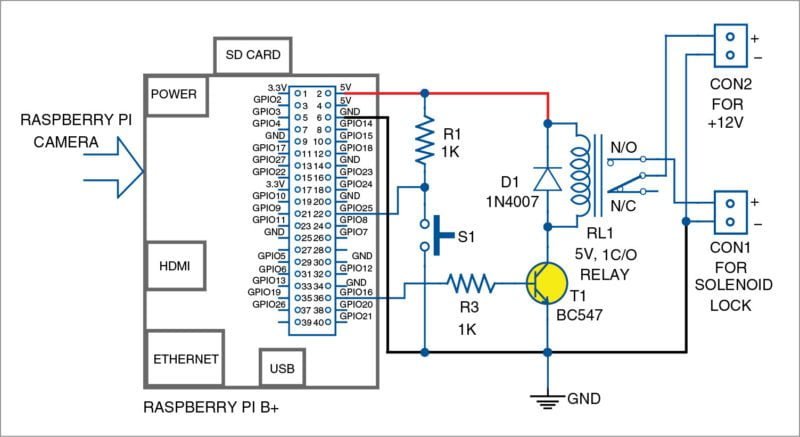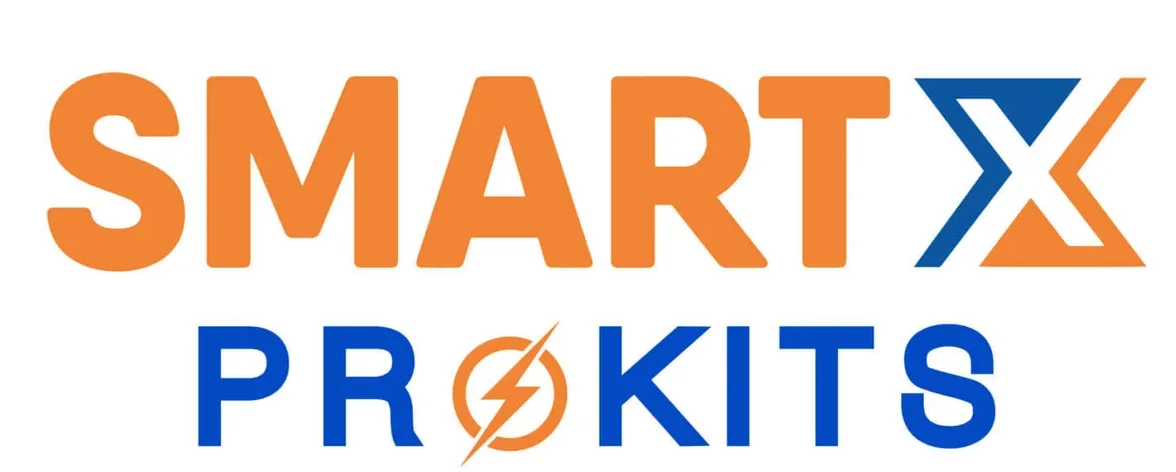Face tracking using Raspberry Pi.

Face tracking using a Raspberry Pi can be achieved by combining the Raspberry Pi’s capabilities with a camera module and some computer vision libraries. Here’s a general outline of the steps involved:
Hardware setup:
Start by connecting a compatible camera module to your Raspberry Pi. Depending on the model, you may need to enable the camera interface in the Raspberry Pi configuration settings.
Install required libraries:
Begin by updating your Raspberry Pi’s software packages and installing the necessary libraries for computer vision. Popular choices include OpenCV and PiCamera. You can use the following commands to install them:
Code:
sudo apt-get update
sudo apt-get install python3-opencv
sudo apt-get install python3-picamera
Capture and process video frames:
Write a Python script to capture video frames using the camera module and process them using OpenCV. You can utilize the picamera library to access the camera module and the OpenCV functions for image processing tasks. For face tracking, you will primarily be using face detection and tracking algorithms provided by OpenCV.
Face detection:
Use OpenCV’s pre-trained Haar cascades or deep learning-based models like Dlib or OpenCV’s DNN module to detect faces in the video frames. These models provide pre-trained classifiers that can identify facial features.
Face tracking:
Once faces are detected in the video frames, you can track them using techniques such as the Lucas-Kanade optical flow algorithm or Kalman filtering. These algorithms allow you to estimate the movement of detected faces across frames, enabling you to track their positions.
Implement tracking behavior:
Based on the face tracking results, you can define the desired behavior, such as controlling a robot, tracking a person’s movement, or performing other actions in response to the detected faces.
Execute the script:
Save your Python script on the Raspberry Pi and execute it. You should see the camera capturing video frames, detecting faces, and tracking them according to your defined behavior.
Remember to consider performance optimizations, such as reducing the resolution of the captured frames or using hardware acceleration (if available) to achieve real-time face tracking on the Raspberry Pi’s limited computing resources.
It’s worth noting that there are pre-built libraries and frameworks available that simplify face tracking on Raspberry Pi, such as the OpenCV-based face recognition library or the Pi-Face-Tracker library. These libraries provide higher-level abstractions and simplify the implementation process.



















